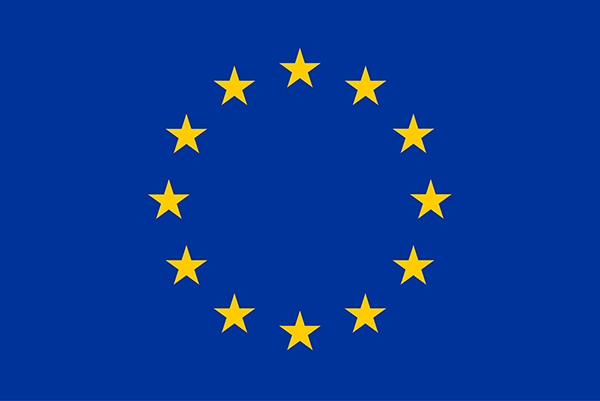Work Packages (WP) Description
Work Package 1: Persistent models for perception
The key objective of WP1 is to provide sensory data from all involved robots registered in space and time, to keep creating and updating robot centric representations, and ground them into the world coordinate frame. The obtained representations are furnished to other WPs, which maintain higher level situation awareness. Various robots that differ in sensory equipment explore the site differently from changing viewpoints in different times.
WP2: Persistent models for acting
The overall aim of WP2 is to provide various levels of autonomy for the robotic platforms. It is anchored by the representations built in WP1 and enacts the collaborative plans of WP4. The autonomy sought for is implemented by persistent models that abstract the particularities of each robotic agent to propose behaviors that will be adapted to the environment, the robot and the task. Several levels of autonomy are considered based on the models of human-robot teaming of WP5, ranging from standard teleoperation, through intelligent teleoperation and shared control to full autonomy.
WP3: Persistent models for distributed joint situation awareness
The objective of this work package are:
- Promote trustworthy and relevant tactical information about the physical environment
- Provide a hierarchical representation of experiences which supports tactical decision making
- Support awareness of known and unknown tactical information
- Provide dialog-based support of communication and multi-modal interaction
WP4: Persistent models for multi-robot collaboration
WP4 deals with persistent collaboration among members of a robot team willing to act both together and
individually. The objectives of WP4 are:
(A) Develop a statistical-logical theory of flexible collaborative planning, that builds over the following facilities:
- Information sharing, based on resource optimization and communication control
- Knowledge management of private and common relations, based on a probabilistic relational framework (Bayesian Factorization) coding a logical representation of multiple processes, components and timelines
- Knowledge discover of meaningful dynamic structures generated by tasks outcomes and perceptual data, taking into account
- Stochastic processes modeling private/common decisions that rely on behaviors prediction, by rating, and based on latent variable models
- Knowledge integrity and approximately correct updating
(B) Based on the above theory of collaborative planning, WP4 develops a framework that exploits both logical and statistical inference from several knowledge levels and their partial integration.
(C) Implementation of the above framework requires to design algorithms that can cope with both the issues of team knowledge maintenance and updating, by knowledge and information sharing operations, and team-activity dynamic maintenance via the cycle of predict-what needed and decide-to-collaborate.
WP5: Persistent models for human-robot teaming
The objective of this work package are:
- Develop a logical-probabilistic framework for explaining how a robot can determine interactive behavior for team-level coordination and common ground formation, on the basis of social sentience.
- Develop a logical-probabilistic framework for explaining how conflicts between actors can arise in a human-robot team, how these conflicts can be used to improve alignment between a robot’s (private) expectations about others’ behavior, and how this then can be reflected in an improved ability to determine interactive behavior (1).
- Implement the resulting decision making framework (1) and learning framework (2) to evaluate them on benchmarks (within WP5), and integrate them into the overall TRADR system (WP7).
WP6: System framework and integration
The following are the objectives of this work package:
- Specify and setup the TRADR technical system framework
- Develop adaptive control on the system level
- Integrate WP components continuously into a single architecture
WP7: User needs analysis and scenario-based evaluation
The following are the objectives of this work package:
- Perform a deep domain analysis of USAR environments with end-users, starting at project beginning and re-iterating and refining after every evaluation
- Integrate WP components into a single cognitive architecture, and evaluate on system-level
- Perform end-user evaluation of the integrated systems

